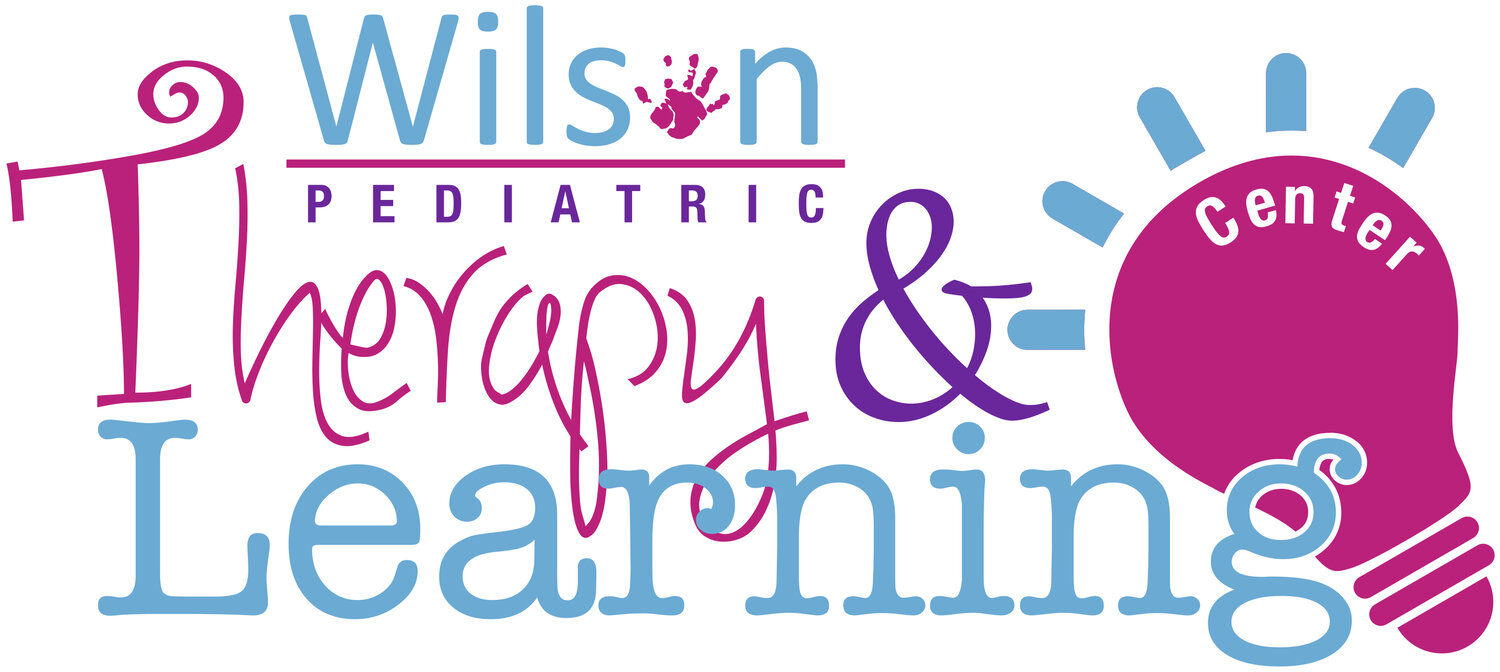Efficient vs. Inefficient Grasping Patterns: What to Look For
In the age of digital communication, where keyboards and touchscreens dominate our daily lives, the art of handwriting is often overlooked. However, the significance of developing a proper handwriting grasp pattern in children cannot be overstated. From enhancing fine motor skills to aiding cognitive development, the way a child holds a writing instrument can impact their overall writing abilities and academic performance.
Performance Skills that Support a Mature Grasp Pattern:
Functional strength and endurance are needed to be able to sit at a tabletop (with or without alternative seating). This involves having the postural stability or core strength needed to sit and physically attend to the task while coordinating the fine motor movements to manipulate a pencil or crayon.
Shoulder stability is developed through gross motor movements that facilitate weight-bearing through the hands. This movement allows children to build up the functional strength and endurance needed to manipulate writing tools for a functional amount of time. The development and exposure to gross motor movements are required in order to improve core strength, shoulder stability, and wrist stability that support fine motor and visual motor skills.
Visual motor and visual perceptual skills are required in order to understand the task demands needed to engage in handwriting and/or coloring. This starts with the development and understanding of pre-writing lines and then knowing how to make each letter in the alphabet. Visual scanning skills are an important aspect of literacy skill development just like gross motor and fine motor skills and begin to develop during infancy!
Cognition and executive functioning skills such as attention to task, impulsivity, self-regulation skill development
Outpatient Occupational Therapy & Handwriting
An Occupational Therapist (OT) will evaluate the performance skill factors impacting handwriting (gross motor, fine motor, visual motor, and visual perceptual skills, cognition, and executive functioning skills). Additionally, the environment that has a substantial impact on performance will be evaluated as well. Outpatient OT may be able to communicate with those that work closely with your child on the clinical or educational team to provide consult services needed. Additionally, OT may be able to work with clinical or educational members that work with your child to support engagement and participation in education-based task demands. OT may provide suggested modifications and supports to allow a child to engage in handwriting with greater independence.
The use and frequency of adaptive seating or writing tools are often individualized and based on the specific performance skills and environmental task demands of each client. Therefore, what works for one child with handwriting delays may not necessarily be best for another. An OT working with your child will be able to identify if any additional tools or seating supports may be beneficial
What to Look for in Generalized Writing-Tool Supports
For early writers or those with weak fine motor skills, use pencils that are larger in size. Utilizing large pencils and/or crayons allows a child to use the tool for longer periods of time while reducing fatigue. A few product recommendations to support grasping pattern:


